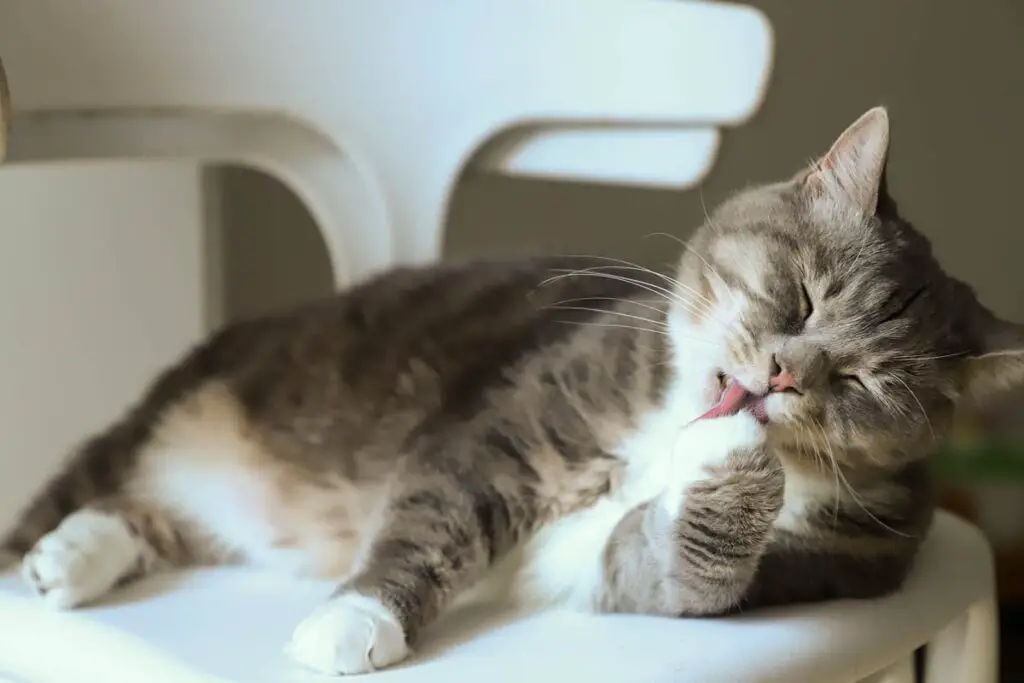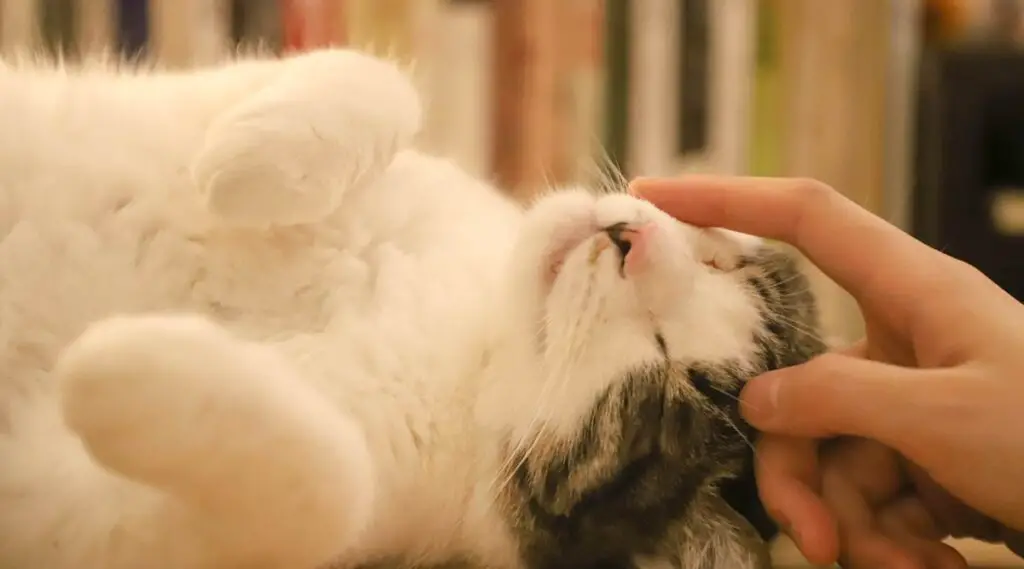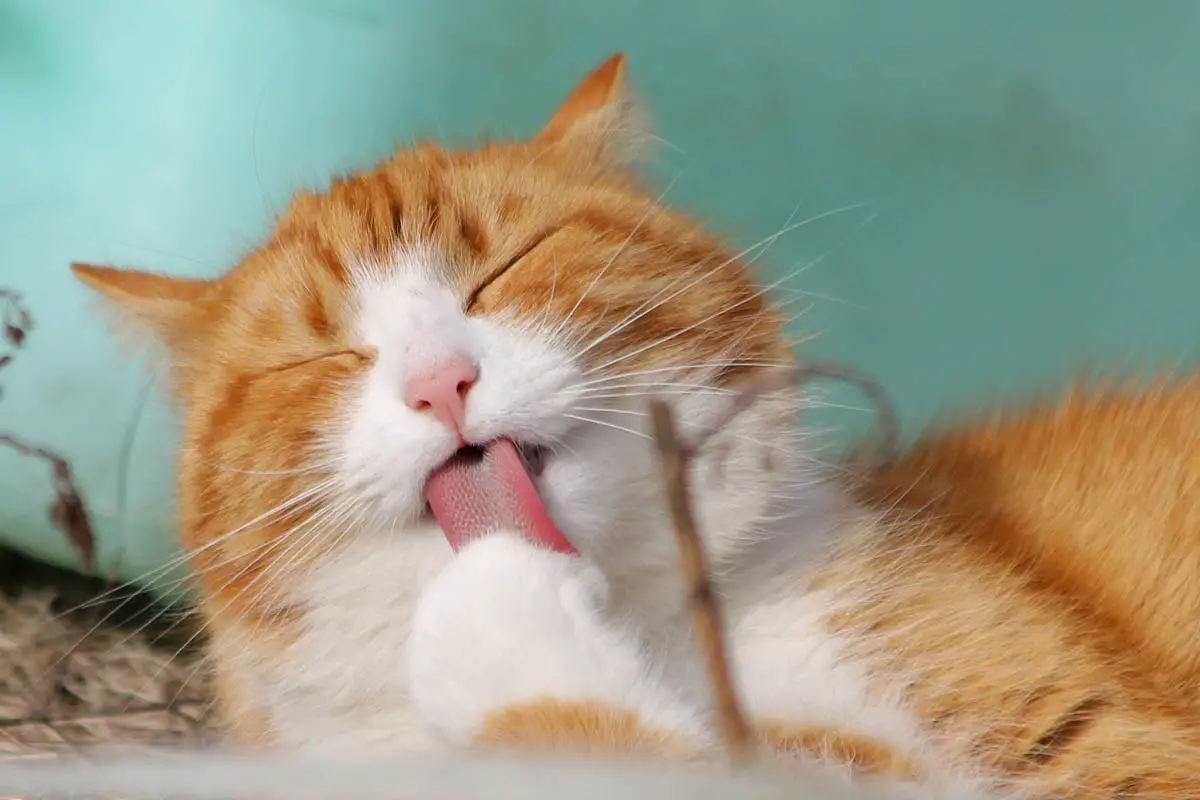Are you a cat owner who suspects that your furry friend may be pregnant? It’s important to recognize the signs, understand the different stages of pregnancy, and provide proper care for your cat pregnant.
In this comprehensive guide on cat pregnancy, you will learn how to identify early signs of pregnancy and confirm it through a veterinary examination.
We will walk you through the three stages of cat pregnancy so you can better understand what is happening to your feline companion.
Additionally, we will discuss the importance of providing proper nutrition and diet during this time, as well as ensuring a comfortable and safe environment for your pregnant cat.
Regular veterinary check-ups are crucial for monitoring your cat’s health throughout her pregnancy journey.
Finally, we will cover preparing for labor and delivery, as well as postnatal care for both the mother and her kittens.
Stay informed and take the necessary steps to support your pregnant cat’s well-being!
- Recognizing Early Signs of Pregnancy
- Confirming Pregnancy through Veterinary Examination
- The Three Stages of Cat Pregnancy
- Providing Proper Nutrition and Diet
- Ensuring a Comfortable and Safe Environment
- Regular Veterinary Check-ups and Care
- Preparing for Labor and Delivery
- Postnatal Care for the Mother and Kittens
- Conclusion
Recognizing Early Signs of Pregnancy

Did you know that cats can show early signs of pregnancy just a few weeks after mating? Detecting changes in your cat’s behavior and physical appearance can help you determine if she’s pregnant.
One of the first behavioral changes to look out for is an increase in affection towards you or other animals in the household. Your normally independent feline may suddenly become more cuddly and seek constant attention. Additionally, some pregnant cats may experience mood swings or become more irritable than usual.
Another common sign of early pregnancy is a change in appetite. Some cats may start eating less while others may have an increased appetite. Keep an eye on your cat’s food intake and monitor any significant changes.
Physical changes are also indicative of pregnancy. Around three weeks after mating, you might notice her nipples becoming pinker and slightly enlarged. As the pregnancy progresses, her belly will begin to swell, although this typically occurs later on.
Remember that these signs aren’t definitive proof of pregnancy as they can also be caused by other factors such as hormonal imbalances or health issues. If you suspect your cat might be pregnant, it’s always best to consult with your veterinarian for confirmation and proper guidance on caring for her during this exciting time.
Confirming Pregnancy through Veterinary Examination
When you take your furry friend to the vet, they can perform an examination that will help confirm whether she’s expecting kittens or not. Veterinary confirmation is essential to ensure accurate results and provide proper care for your cat during her pregnancy.
The veterinarian will use different methods to detect pregnancy in cats. One common method is abdominal palpation, where the vet carefully feels the cat’s abdomen to check for changes in size and shape. Around 20-30 days after mating, the developing fetuses can be felt as small lumps. However, this method may not always be reliable, especially if it’s early in the pregnancy or if there are only a few kittens.
Another way to confirm cat pregnancy is through ultrasound imaging. This non-invasive procedure allows the veterinarian to visualize the developing embryos inside the uterus. Ultrasound can be performed as early as 15 days after mating and provides more accurate results than palpation alone.
In some cases, hormonal assays may also be used for pregnancy detection. These tests measure specific hormones in your cat’s blood or urine that indicate pregnancy.
By undergoing veterinary confirmation of your cat’s pregnancy, you can receive reliable information about her condition and prepare for the upcoming birth of kittens. Remember to consult with your veterinarian throughout every stage of her pregnancy for proper care and guidance.
The Three Stages of Cat Pregnancy

Throughout the exciting journey of expecting kittens, your furry friend will go through three distinct stages as her body prepares for the arrival of her adorable little ones. Understanding these stages can help you provide the necessary care and support during this special time.
The first stage of cat pregnancy is called the early stage. During this period, it may be difficult to notice any physical changes in your cat. However, she may display certain behavioral changes such as increased affection or loss of appetite. It’s important to keep an eye out for these subtle signs.
The second stage is known as the middle stage and typically lasts from 30 to 40 days. This is when you might start noticing visible physical changes in your cat’s abdomen. Her nipples may become enlarged and pinkish in color, indicating that her mammary glands are preparing for nursing. Your cat may also experience morning sickness and have an increased appetite.
The final stage is the late stage, which occurs from 40 to 65 days into the pregnancy. At this point, your cat’s abdomen will be noticeably larger as the kittens continue to grow rapidly inside her womb. She may become more restless and seek out nesting areas where she can give birth comfortably.
During all three stages of cat pregnancy, it’s crucial to provide proper care for your feline companion. Make sure she has a quiet and comfortable space where she can rest undisturbed. Provide a balanced diet with high-quality kitten food to support her nutritional needs. Regular veterinary check-ups are also essential to monitor her health and ensure a safe delivery.
By understanding these stages and providing attentive care, you can help ensure a smooth and healthy pregnancy journey for your beloved cat.
Providing Proper Nutrition and Diet
To ensure your furry friend’s health and the well-being of her growing kittens, it’s crucial to provide her with a balanced and nourishing diet during this special time. Proper nutrition plays a crucial role in supporting the development of healthy kittens and maintaining the overall health of the mother cat.
During pregnancy, your cat’s nutritional needs increase significantly. She requires extra calories, protein, vitamins, and minerals to support the growth of her kittens. It is essential to feed her high-quality commercial cat food specifically formulated for pregnant or nursing cats. These foods are designed to meet their increased nutritional requirements.
Protein is particularly important during this time as it aids in proper growth and development. Look for cat foods that have high-quality sources of protein such as chicken or fish. Additionally, make sure she has access to fresh water at all times.
Avoid giving your pregnant cat any supplements without consulting with your veterinarian first. Over-supplementing can lead to imbalances in nutrients and potentially harm both the mother and kittens.
It’s also important to divide her daily food intake into multiple smaller meals throughout the day rather than feeding her one large meal. This helps prevent overeating and reduces the risk of discomfort or complications.
Remember, providing proper nutrition and diet is vital for ensuring a healthy pregnancy for your cat and optimal growth for her kittens. Consult with your veterinarian for specific dietary recommendations based on your cat’s individual needs during this special time.
Ensuring a Comfortable and Safe Environment

Creating a cozy and secure environment is essential in ensuring the well-being of your furry friend and her precious kittens. Cats are naturally territorial animals, so it’s important to provide them with a calm and comfortable space during their pregnancy.
Start by choosing a quiet area in your home where they can have some privacy. Set up a cozy nesting box lined with soft blankets or towels for your cat to rest and give birth. Make sure the box is large enough for her to move around comfortably.
Cat behavior during pregnancy can change, so it’s crucial to make adjustments accordingly. Some cats may become more affectionate, while others may become more reclusive. Keep an eye out for any signs of distress or discomfort, such as excessive meowing or pacing, as this could indicate that something is wrong.
Preparing the home also involves making it safe for both the mother cat and her kittens. Remove any hazards that could potentially harm them, such as toxic plants, chemicals, or small objects that they could swallow. Secure electrical cords and ensure there are no open windows or balconies where they could fall from.
By creating a cozy and secure environment for your pregnant cat, you’ll help reduce stress levels and promote a healthy pregnancy for both her and her precious kittens.
Regular Veterinary Check-ups and Care

Make sure you schedule regular veterinary check-ups to ensure the health and well-being of your furry friend and her precious kittens. Regular visits to the veterinarian are crucial during cat pregnancy as they can help monitor the progress of your cat’s pregnancy and detect any potential issues or complications early on.
One important aspect of these check-ups is ensuring that your cat receives all necessary vaccinations. Vaccinations help protect both your cat and her unborn kittens from various diseases, such as feline leukemia and panleukopenia. Your veterinarian will be able to advise you on the appropriate vaccination schedule for your pregnant cat.
In addition to vaccinations, grooming requirements should also be considered during regular veterinary check-ups. As your cat’s belly grows, she may struggle with grooming herself properly. It’s essential to keep her coat clean and free from mats or tangles, which can cause discomfort or skin issues. Your veterinarian can provide guidance on how often you should groom your pregnant cat, as well as recommend safe grooming practices.
By scheduling regular veterinary check-ups, you’re taking proactive steps in ensuring the health and well-being of both your pregnant cat and her soon-to-be-born kittens. These visits allow for timely vaccinations and proper grooming care, ultimately contributing to a smooth and healthy pregnancy journey for your feline companion.
Preparing for Labor and Delivery
Preparing for labor and delivery can be an anxiety-inducing yet exciting time as you anticipate the arrival of your furry friend’s precious kittens.
To ensure a smooth and safe delivery, there are several steps you can take to prepare.
Firstly, create a comfortable nesting area for your cat. This should be quiet, warm, and secluded to provide a sense of security. Line the area with soft blankets or towels that are easy to clean.
Next, gather all the necessary supplies. You’ll need clean towels, gloves, scissors (for cutting umbilical cords if needed), and sterile lubricant for assisting with difficult deliveries. Having these items readily available will help in case of any emergencies.
It’s also important to familiarize yourself with the signs of labor in cats. These include restlessness, excessive grooming around the genital area, nesting behavior, loss of appetite, and contractions. Knowing these signs will help you recognize when your cat is about to give birth.
Lastly, have a plan in place for emergency situations. Familiarize yourself with the contact information of an emergency veterinarian who specializes in feline care.
By taking these steps and being prepared for labor and delivery, you can ensure a safe and successful birthing process for your cat and her kittens.
Postnatal Care for the Mother and Kittens

Once the kittens have arrived, it’s essential to provide postnatal support to ensure the well-being of both the mother and her adorable little ones.
Postnatal bonding is crucial during this stage as it helps strengthen the bond between the mother cat and her kittens. Spend time observing their interactions and ensure a calm environment for them to nurture their relationship.
During the postnatal period, it’s important to monitor the mother cat for any signs of complications or health issues. Make sure she has access to clean water, nutritious food, and comfortable space where she can rest undisturbed. Keep an eye on her appetite and watch for any abnormal behavior or discharge.
As for the kittens, they will rely solely on their mother’s milk for nutrition during their first few weeks of life. However, around three to four weeks old, you can start introducing solid food gradually. The weaning process should be gradual to allow their digestive systems to adjust properly.
Provide a warm and safe nesting area for both the mother and kittens. Keep it clean by regularly changing bedding materials and providing fresh litterboxes nearby. Remember that hygiene is vital in preventing any potential infections.
Overall, postnatal care plays a significant role in ensuring the health and well-being of both the momma cat and her precious offspring. By providing proper support, monitoring closely for any issues, promoting postnatal bonding, and following through with a gradual weaning process, you’ll be setting them up for a happy and healthy start in life.
Conclusion
In conclusion, recognizing the early signs of cat pregnancy is crucial in providing proper care for your feline friend. Confirming the pregnancy through a veterinary examination ensures accurate information and allows for appropriate preparations.
Understanding the three stages of cat pregnancy helps monitor your cat’s progress and anticipate any potential complications.
Providing a nutritious diet, a comfortable environment, regular check-ups, and postnatal care are essential in ensuring the health and well-being of both mother and kittens.
By following these guidelines, you can confidently navigate through this exciting journey with a cat pregnant.
Read more:
